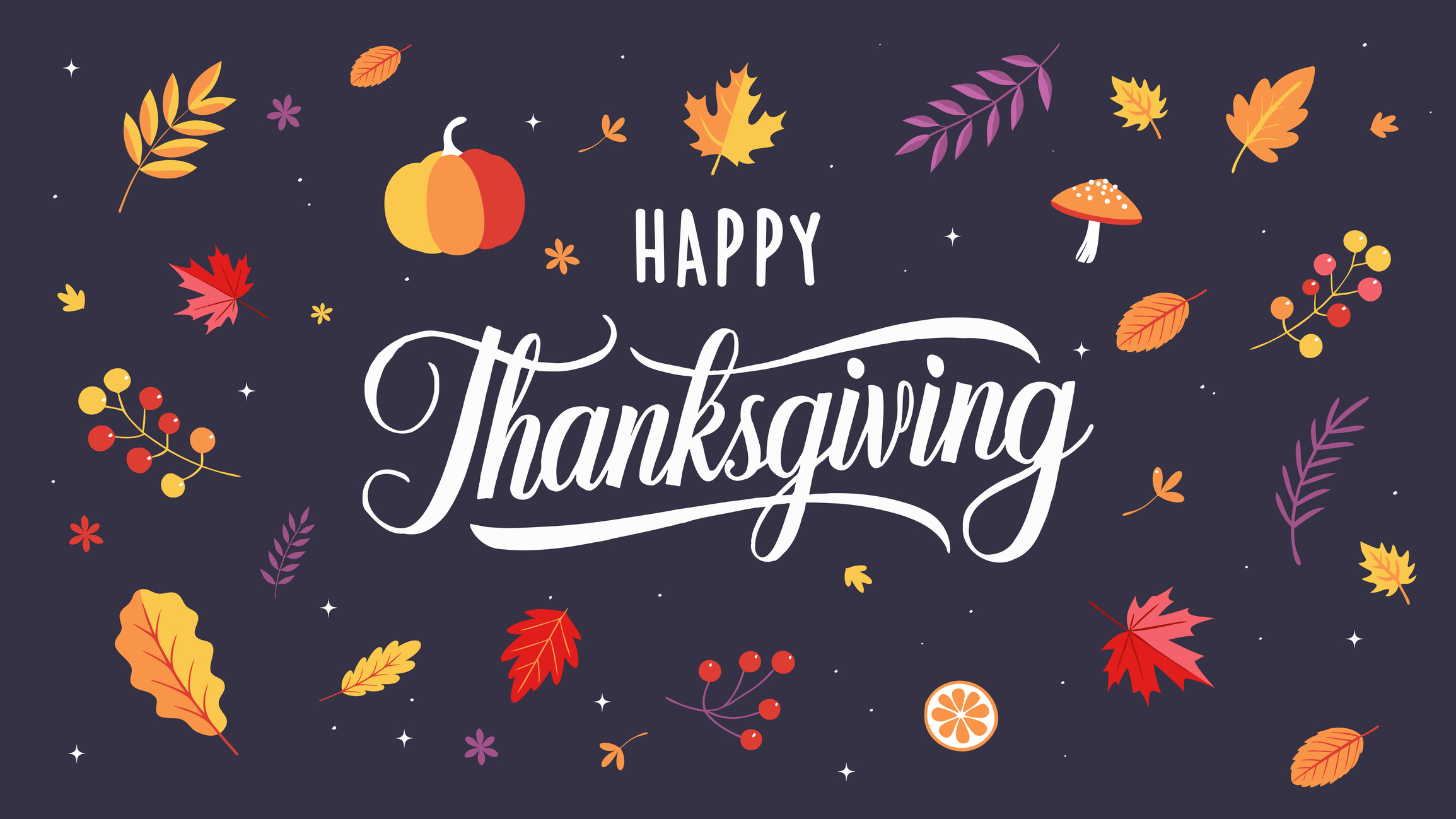What It Takes to Get a Mortgage
Rates are still low, but you'll have to jump through a few hoops to qualify.

Is this a good time to get a mortgage?
Absolutely. In early April, the national average interest rate for a 30-year, fixed-rate conforming loan (under $417,000) was 5.3%, according to HSH Associates, a mortgage-tracking firm. The initial rate for a 5/1 adjustable-rate mortgage (featuring a fixed rate for five years, followed by annual adjustments) was 4.3%. "These are the best rates we'll see for a decade," says Guy Cecala, publisher of the newsletter Inside Mortgage Finance. "Don't count on them getting better." Business is slow right now, so lenders may even bid for your business if you have good credit.
If you're refinancing, act soon. The 30-year fixed rate is poised to rise now that the Federal Reserve has ended its program of repurchasing mortgage-backed securities to encourage more lending. Freddie Mac expects the 30-year fixed rate to reach 5.6% by year-end and 5.8% by mid 2011.
From just $107.88 $24.99 for Kiplinger Personal Finance
Be a smarter, better informed investor.

Sign up for Kiplinger’s Free Newsletters
Profit and prosper with the best of expert advice on investing, taxes, retirement, personal finance and more - straight to your e-mail.
Profit and prosper with the best of expert advice - straight to your e-mail.
The 30-year fixed rate for conforming jumbo loans (125% of a metro area's median home price, up to $729,750) was recently 5.4%, and for traditional jumbos, 5.9%, according to HSH. The conforming-jumbo program is slated to end December 31, but Cecala says lawmakers will probably extend it as long as the housing market is in the doldrums.
What do I need to get a loan?
Lending standards remain tight, and lenders have been picky even with the best-qualified borrowers. If you're buying or refinancing the mortgage on your primary home, you'll need a minimum down payment of 5% to 10% for a conforming loan or 10% to 15% for a conforming jumbo loan. With 20% or more down, you avoid private mortgage insurance, which typically costs 0.5% to 1.5% of your loan amount per year.Fannie Mae and Freddie Mac, which set the standards for mortgages they buy from lenders, require a minimum credit score of 620; you'll get the best rate if your score exceeds 720. The Federal Housing Administration requires a minimum credit score of 580 to qualify with a down payment of 3.5%, but FHA lenders often impose a higher minimum score of 670. (If you apply with a spouse, lenders will probably base your rate on the lower of your scores.)
Lenders will also scrutinize your ratio of debt to income. Monthly housing expenses (principal, interest, taxes, hazard insurance, private mortgage insurance and association fees) shouldn't account for more than 28% of gross monthly income. Total debt shouldn't exceed 36% of gross income, but in some cases lenders stretch the maximum to 45%. Borrowers with the strongest credit profile may push the housing ratio a bit farther, says Julia Helgesen, a mortgage broker in Minneapolis.
Where can I get the lowest rate?
Start by calling your current mortgage lender and your bank or credit union. If you want to shop online, try www.mortgagemarvel.com, which provides real-time rate quotes offered by participating lenders who do business in your area.
Some mortgage brokers may be able to give you a wholesale rate that beats the rate from a bank's loan officers. Known as correspondent lenders, they are typically large brokers that do the underwriting and immediately sell the loans they originate to wholesale lenders or investors -- meaning they can both find you a loan and approve it. If you're trying to consolidate loans, a mortgage broker may also offer more options than a retail loan officer. However, some lenders prohibit brokers from originating loans of more than $417,000.
When you're ready to get rate quotes, call your prospects in the late morning (eastern time), when lenders have issued the day's rate sheets but before any changes are made to them. Each lender with whom you apply must give you a good-faith estimate, and you can use the GFE to compare lenders' offerings. You don't have to pay an application fee to get a GFE, but you might have to pay about $50 for the lender to pull your credit report.
What documentation do I need?
You must supply your pay stubs for the past 30 days and W-2 forms for the past two years. If you're self-employed, or if 25% or more of your income is from commissions or bonuses, you must provide two years of tax returns to offer proof of established income. Self-employed people may also need a profit-and-loss statement (if you're applying at midyear or after) so the lender can assess your company's strength, says Chris Bennett, a loan officer in Charlotte, N.C.
Lenders will want to see bank, retirement-account and investment statements for the past 60 days. They'll also ask you to write letters of explanation for any red flags. For example, does your bank statement show any unusual deposits? If you're using a gift to supplement your down payment or closing costs, lenders will probably require a letter stating that the money is not a stealth loan. Does your credit history show any inquiries for new credit (which may result from mortgage shopping) within the past 90 days? If you've opened a new account, lenders will ask for a statement so they can see its terms.
If you're self-employed and your income comes up short after lenders analyze all relevant tax forms, proof of sufficient assets may overcome this dilemma, or you may have to seek nonconforming loans that banks will hold on their own books. If a lender deems your income unreliable, it may require you either to pay down debt or to close lines of credit so that you will meet the required debt-to-income ratios.
Does it make sense to refinance?
This could be a tough call if you have a fixed rate only slightly higher than current rates or an ARM that adjusted downward in the past year. Just make sure that you'll be able to recoup the cost of refinancing before you sell your home. Divide the amount of the estimated closing costs (usually 3% to 6% of the mortgage amount; look at your loan papers from last time) by the amount of the monthly savings you anticipate. That will tell you the number of months until you break even. Or use our Are You Better Off Refinancing? calculator.
A second mortgage or a home-equity line of credit complicates things. If you simply want to refinance the first mortgage, your total housing debt shouldn't exceed 80% of your home's market value, or else the holders of the second lien may refuse to resubordinate (agree to stand behind the first-mortgage holder for repayment if you default).
If the holder of the second lien refuses to play ball, you could try consolidating all your housing debt into a single mortgage -- so that you can use some of the loan proceeds to pay off your second lien. To get such a conforming cash-out refi, you must have at least 20% equity, and for a conforming jumbo, you need 25% to 30% equity, or 35% to 40% equity if the loan is more than $625,500. You'll also pay a higher interest rate, and paying the higher rate may not make sense. Another strategy is to take out a new home-equity line of credit from the lender of the new first mortgage and use it to pay off the old line of credit. Consider a line of credit with an option to lock in the rate.
How do I comparison shop for loans?
Take advantage of the more consumer-friendly good-faith estimate that debuted in January. The new form makes most things clear -- the type, rate and features of the loan for which you've applied, as well as the lender's cost to originate the loan and third-party fees (such as title costs and taxes) you'll owe at settlement. You can see an example if you search online for "HUD + good faith estimate."
Then use the GFEs you get from each lender to compare offerings before you formally apply for a loan. When comparing GFEs, start with the interest rate, then the lender's cost to originate the loan. If the lender offering the best rate has higher fees than other lenders, try to negotiate the fees down. In this competitive climate, you may succeed, says Cecala. The rates and costs on the GFE are guaranteed, and if the lender underestimates on certain charges, it -- not you -- must make up the difference at closing.
For home purchases, the new form doesn't allow lenders to credit your down payment, earnest-money deposit or seller-paid closing costs. So the lender may give you a supplemental worksheet showing how much cash you need to bring to closing. The costs on that worksheet aren't guaranteed. Also, regulators at the Department of Housing and Urban Development warn that some less-reputable lenders may provide a worksheet with a lowball estimate of costs prior to giving you the GFE, in hopes that you'll apply without it. Don't. Those costs aren't guaranteed, either.
Profit and prosper with the best of Kiplinger's advice on investing, taxes, retirement, personal finance and much more. Delivered daily. Enter your email in the box and click Sign Me Up.

-
 Dow Adds 314 Points to Thanksgiving Rally: Stock Market Today
Dow Adds 314 Points to Thanksgiving Rally: Stock Market TodayInvestors, traders and speculators enjoy the best Thanksgiving Week gains for the major stock market indexes in more than a decade.
-
 Why Prepaying Your Retirement Dreams Might Be a Financial Game Changer
Why Prepaying Your Retirement Dreams Might Be a Financial Game ChangerHe bought his retirement home more than a decade before he plans to retire. Was it the right move?
-
 Amazon Resale: Where Amazon Prime Returns Become Your Online Bargains
Amazon Resale: Where Amazon Prime Returns Become Your Online BargainsFeature Amazon Resale products may have some imperfections, but that often leads to wildly discounted prices.
-
 Roth IRA Contribution Limits for 2026
Roth IRA Contribution Limits for 2026Roth IRAs Roth IRAs allow you to save for retirement with after-tax dollars while you're working, and then withdraw those contributions and earnings tax-free when you retire. Here's a look at 2026 limits and income-based phaseouts.
-
 How to Search For Foreclosures Near You: Best Websites for Listings
How to Search For Foreclosures Near You: Best Websites for ListingsMaking Your Money Last Searching for a foreclosed home? These top-rated foreclosure websites — including free, paid and government options — can help you find listings near you.
-
 Luxury Home Prices Rise as the Rich Dodge High Mortgage Rates
Luxury Home Prices Rise as the Rich Dodge High Mortgage RatesLuxury home prices rose 9% to the highest third-quarter level on record, Redfin reports, growing nearly three times faster than non-luxury prices.
-
 Four Tips for Renting Out Your Home on Airbnb
Four Tips for Renting Out Your Home on Airbnbreal estate Here's what you should know before listing your home on Airbnb.
-
 Five Ways to a Cheap Last-Minute Vacation
Five Ways to a Cheap Last-Minute VacationTravel It is possible to pull off a cheap last-minute vacation. Here are some tips to make it happen.
-
 How Much Life Insurance Do You Need?
How Much Life Insurance Do You Need?insurance When assessing how much life insurance you need, take a systematic approach instead of relying on rules of thumb.
-
 When Does Amazon Prime Day End in October? Everything We Know, Plus the Best Deals on Samsonite, Samsung and More
When Does Amazon Prime Day End in October? Everything We Know, Plus the Best Deals on Samsonite, Samsung and MoreAmazon Prime The Amazon Prime Big Deal Days sale ends soon. Here are the key details you need to know, plus some of our favorite deals members can shop before it's over.